In the ever-evolving landscape of cryptocurrency and blockchain technology, the Ethereum Virtual Machine stands as a pivotal and transformative component. It plays a crucial role in enabling the execution of smart contracts, which have redefined how decentralized applications (DApps) operate on the Ethereum blockchain. The EVM operates on a stack-based architecture, meticulously executing code generated from high-level programming languages. In this article, we delve into the workings of the EVM, its contributions to the crypto space, and the exciting possibilities it holds for the future.
What is an EVM in crypto?
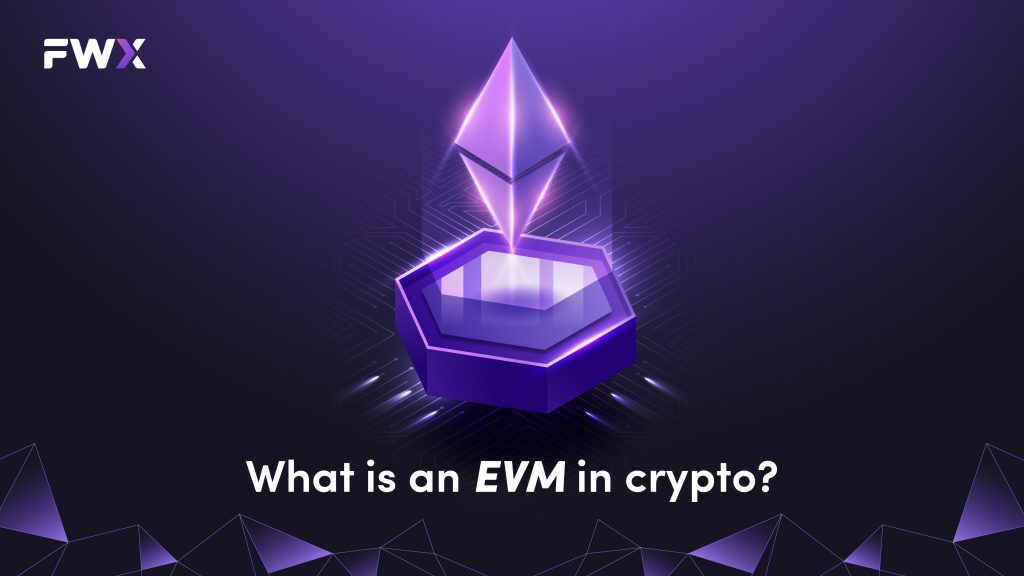
Ethereum Virtual Machine (EVM) is a crucial component of the Ethereum blockchain that enables the execution of smart contracts. The EVM is a virtual machine that operates on a stack-based architecture and is responsible for executing all transactions and smart contracts on the Ethereum network. The EVM operates by executing bytecode generated from high-level programming languages like Solidity. The bytecode is generated by compiling the high-level code into the EVM’s bytecode language, which the EVM executes. The EVM uses a stack-based architecture, which means that data is stored in a last-in, first-out (LIFO) data structure. This architecture enables the EVM to execute complex smart contracts by pushing and popping data from the stack as needed.
The EVM charges gas fees for each computational step to prevent malicious behavior and has a gas limit per block. Gas is the unit of measurement for the cost of executing a transaction or a smart contract on the Ethereum network. Gas fees incentivize smart contact developers to write efficient and secure smart contracts. The EVM has a 256-bit word size, call stack, execution context, and persistent storage space. These features enable the EVM to operate as a secure and efficient sandboxed environment for the execution of smart contracts. In addition, the EVM has a set of opcodes used to execute instructions such as arithmetic and logical operations, stack operations, memory operations, and control flow operations.
In conclusion, the EVM is a powerful tool that enables the execution of smart contracts on the Ethereum blockchain. Furthermore, it provides a secure and efficient environment for the execution of complex code and ensures the safety and reliability of the Ethereum network.
How does EVM work?
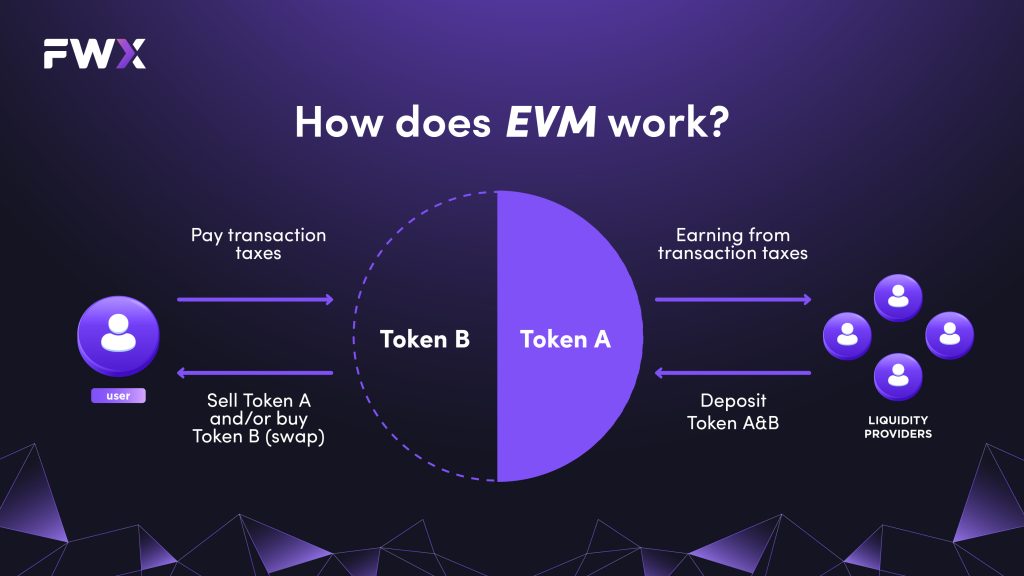
The EVM is a tool that executes smart contracts on the Ethereum blockchain. It uses bytecode to execute instructions on a stack-based architecture and charges gas fees to prevent malicious behavior like infinite loops or stack overflows. It has a gas limit per block and uses opcodes to execute instructions, such as arithmetic and logical operations, stack operations, memory operations, and control flow operations. The EVM has a 256-bit word size, call stack, execution context, and persistent storage space, contributing to its security and efficiency. Furthermore, by providing a secure sandboxed environment, the EVM can execute complex smart contracts, ensuring the safety and reliability of the Ethereum network. The followings are some more technical details in short about how the EVM works:
- The EVM has a 256-bit word size, meaning all data is stored in 256-bit chunks.
- The EVM has a call stack and an execution context that keeps track of the current state of the execution.
- The EVM has a persistent storage space used to store variables between transactions.
- The EVM has a set of opcodes that are used to execute instructions. These opcodes include arithmetic and logical operations, stack operations, memory operations, and control flow operations.
- The EVM has a gas limit that is set for each block. This limit determines the maximum amount of gas that all transactions in the block can use. If a transaction uses more gas than the limit, it will be rejected.
What is an EVM-compatible blockchain?
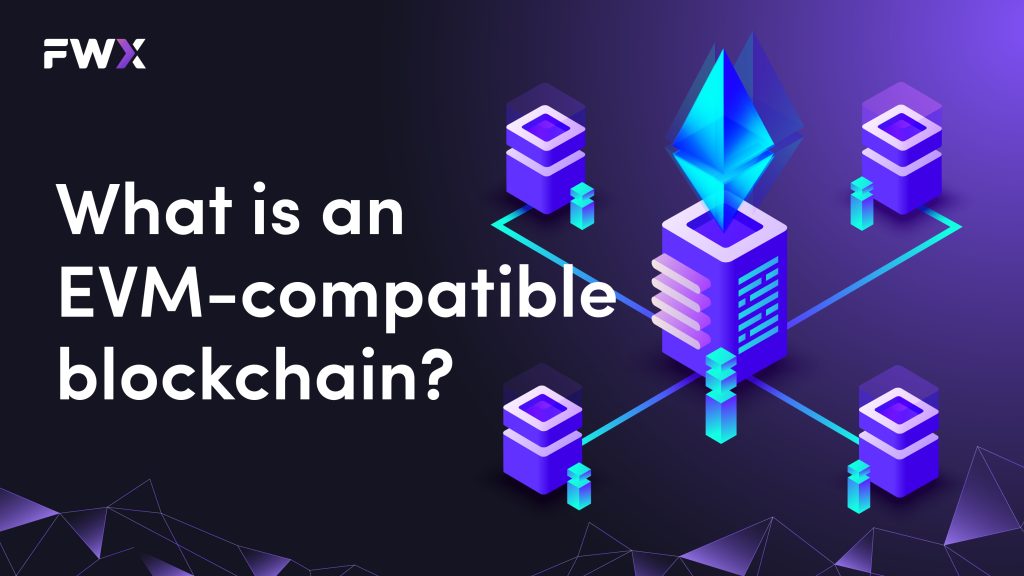
An EVM-compatible blockchain is a network that can execute smart contracts, and decentralized applications developed using the EVM. EVM compatibility enables developers to deploy the same code on multiple blockchains, thereby increasing interoperability and reducing the need to write new code from scratch. The EVM-compatible blockchain networks provide developers with more options and flexibility for deploying their smart contracts and DApps. As the demand for interoperability and scalability increases, we can expect to see more EVM-compatible blockchains emerge. For EVM-compatible examples:
- Binance Smart Chain (BSC): BSC is a blockchain network compatible with the EVM and designed to enable faster and cheaper transactions than the Ethereum network.
- Polygon (Matic Network): Polygon is a layer two scaling solution for Ethereum compatible with the EVM. Polygon aims to provide faster and cheaper transactions than the Ethereum network while maintaining compatibility with Ethereum and the EVM.
- Avalanche: Avalanche is a blockchain network compatible with the EVM and designed to provide fast and low-cost transactions.
- Huobi Eco Chain (HECO): HECO is a blockchain network compatible with the EVM and designed to provide high-performance transactions at a low cost.
- Fantom: Fantom is a blockchain network compatible with the EVM and designed to provide fast and low-cost transactions.
- Gnosis Chain (xDai): Gnosis Chain is a sidechain of the Ethereum network compatible with the EVM and designed to enable faster and cheaper transactions than the Ethereum network.
- OKExChain: OKExChain is a blockchain network compatible with the EVM and designed to provide fast and low-cost transactions.
- Harmony: Harmony is a blockchain network compatible with the EVM and designed to provide fast and secure transactions at a low cost.
- HOPR: HOPR is a privacy-focused blockchain network compatible with the EVM and designed to enable private and secure transactions.
- Moonbeam: Moonbeam is a blockchain network compatible with the EVM and designed to provide a seamless experience for Ethereum developers to deploy their applications on Polkadot.
Contributions of Ethereum Virtual Machine in crypto space
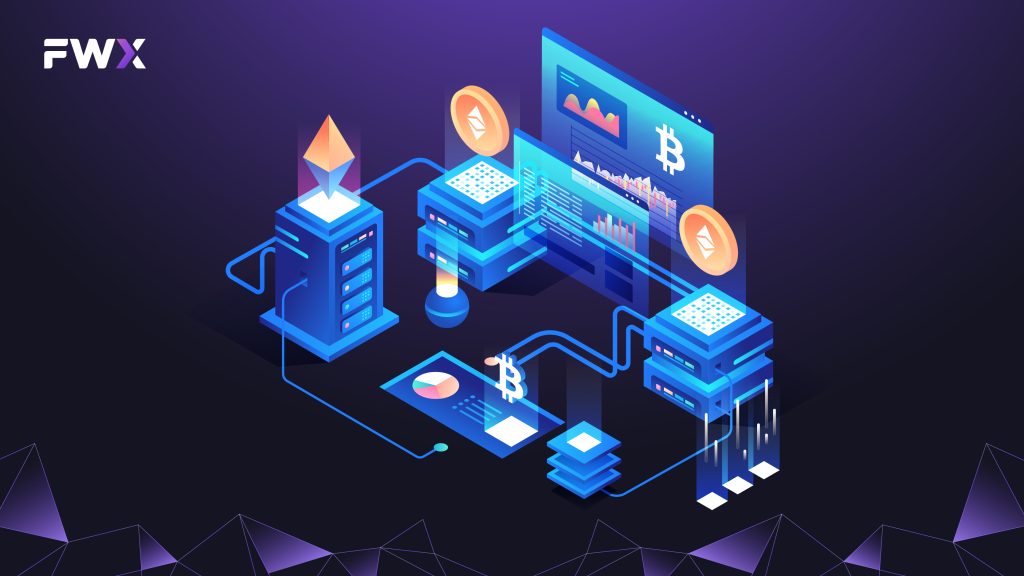
The EVM now provides a secure and reliable environment for executing smart contracts that power decentralized applications. As a result, the Ethereum blockchain has become a hub for innovation in areas like DeFi, gaming, supply chain management, identity management, prediction markets, social media, and governance, and the EVM continues to be a critical component of this ecosystem. These are examples of how the EVM is used to:
- DeFi: The EVM is at the core of most DeFi applications, enabling smart contracts to handle things like lending, borrowing, trading, and yield farming. For example, the lending protocol Compound relies on the EVM to execute its interest rate and collateralization rules.
- Gaming: The EVM can be used to power decentralized games, where players can earn cryptocurrency for their in-game achievements. For example, the game Axie Infinity uses smart contracts executed by the EVM to manage the gameplay and rewards.
- Non-fungible tokens (NFTs): The EVM is essential for creating and trading NFTs, which are unique digital assets represented on the Ethereum blockchain. For example, the NBA Top Shot platform uses the EVM to execute smart contracts that define the ownership and transfer of collectible basketball highlights.
- Supply chain management: The EVM can be used to create tamper-proof supply chain tracking systems that are transparent and accessible to all stakeholders. For example, the startup Provenance uses smart contracts executed by the EVM to track the movement of seafood from the fishing boat to the consumer’s table.
- Identity management: The EVM can be used to create decentralized identity systems where users have control over their data and can verify their identity without relying on centralized authorities. For example, the platform Civic uses smart contracts executed by the EVM to store identity credentials and enable secure authentication.
- Prediction markets: The EVM can be used to create decentralized prediction markets where users can bet on the outcome of future events. For example, the platform Gnosis uses the EVM to execute smart contracts that manage the creation and trading of prediction markets.
- Social media: The EVM can be used to create decentralized social media platforms where users can earn cryptocurrency for creating and sharing content. For example, the platform Minds uses the EVM to execute smart contracts that reward users for contributing to the network.
- Autonomous organizations: The EVM can be used to create decentralized autonomous organizations (DAOs), where members can vote on decisions and participate in governance. For example, the platform Aragon uses smart contracts executed by the EVM to create DAOs that can own and manage assets.
- Energy markets: The EVM can be used to create decentralized energy trading platforms where renewable energy producers can sell excess energy to consumers. For example, the startup Grid+ uses smart contracts executed by the EVM to enable peer-to-peer energy trading on the Ethereum blockchain.
- Healthcare: The EVM can create secure and private healthcare data storage and sharing systems. For example, the platform MedRec uses smart contracts executed by the EVM to manage patient records and facilitate the secure sharing of medical data.
Future of Ethereum Virtual Machine
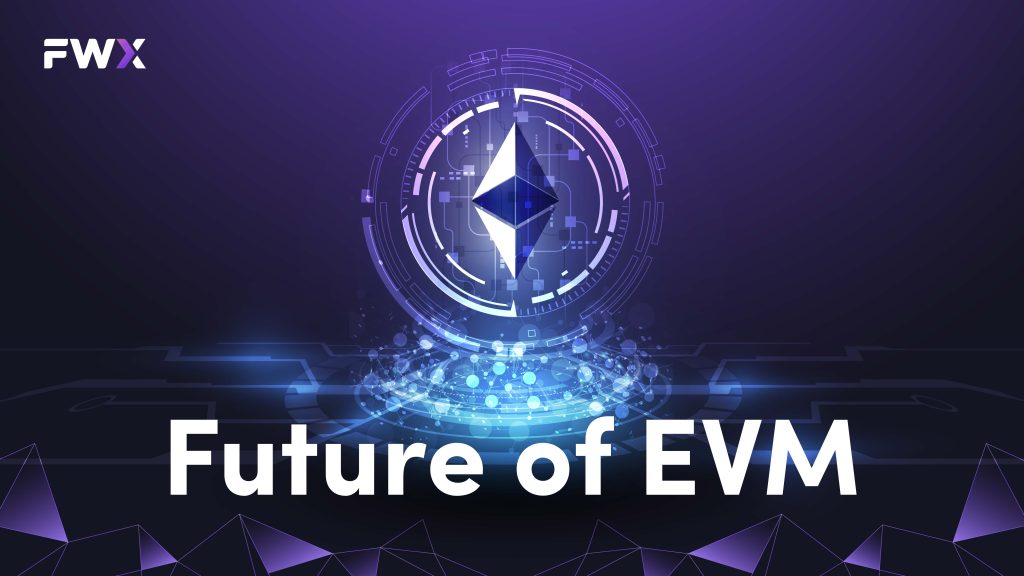
The future of the EVM appears promising as the Ethereum network continues to expand and gain acceptance. Several potential advancements could shape the future of the EVM, including upgrades to the EVM that would improve its speed, efficiency, and security. Additionally, there may be more blockchain networks that adopt compatibility with the EVM, enabling developers to deploy smart contracts and decentralized applications on multiple EVM-compatible blockchains. There is also potential for the EVM to be integrated with other technologies, such as artificial intelligence and decentralized finance, which could lead to the creation of new applications and use cases. Furthermore, developers could create protocols built on top of the EVM to facilitate privacy, security, and governance. Finally, the EVM could be used as a bridge between different blockchain networks, enabling the seamless transfer of assets and data across multiple chains. As the Ethereum ecosystem continues to evolve, the EVM has the potential to power innovative new applications and use cases. Here are examples of how the EVM may be in the future:
- Improvements to the EVM: The Ethereum development team is continuously working on making the EVM more efficient, secure, and faster. Upgrades to the EVM will lead to a more scalable and improved version of Ethereum 2.0.
- EVM-compatible blockchain networks: As Ethereum and the EVM gain more traction, it is possible to see other blockchain networks adopt EVM compatibility. This would enable developers to deploy smart contracts and decentralized applications on multiple EVM-compatible blockchains.
- Integration with other emerging technologies: Integrating the EVM with other emerging technologies such as AI, IoT, and DeFi will lead to new use cases and applications.
- EVM-based protocols: Developers may create new protocols on top of the EVM to enable new decentralized applications such as privacy, security, and governance.
- Cross-chain interoperability: The EVM may serve as a bridge between various blockchain networks, allowing for the smooth transfer of data and assets across multiple chains. This can lead to a more interconnected and decentralized internet.
Conclusion
The Ethereum Virtual Machine has undeniably reshaped the cryptocurrency landscape, empowering developers to create innovative decentralized applications and smart contracts. As the EVM continues to evolve, it promises a future filled with improvements, scalability, and enhanced compatibility with other emerging technologies. Whether it’s enabling DeFi platforms, NFT marketplaces, or pioneering cross-chain interoperability, the EVM remains at the forefront of blockchain innovation, holding the key to a more decentralized and interconnected digital world. Its legacy is far from complete, and the EVM’s journey is destined for continued growth and transformation.


